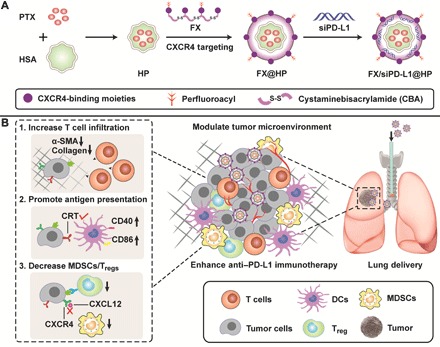Fig. 1. Preparation and immune activation mechanism of FX/siPD-L1@HP.

(A) Preparation of FX/siPD-L1@HP. PTX was encapsulated in HSA to obtain HP as a core of the nanocomplex and FX was wrapped on the outer layer of HP forming FX@HP. The final preparation FX/siPD-L1@HP is formed by electrostatic adsorption of siRNA. (B) FX/siPD-L1@HP was administered by pulmonary delivery and modulates TME to enhance anti–PD-L1 immunotherapy through three pathways. First, FX/siPD-L1@HP can decrease α-SMA and collagen expression to attenuate fibrosis in tumors, which will facilitate T cell infiltration. Second, low dosage of PTX can expose the CRT proteins on the surface of tumor cells, thus promoting the maturation and antigen presentation of DCs. Third, the released PTX and CXCR4 antagonism effect can reduce the MDSCs and Tregs, thereby relieving the immunosuppressive state in the TME.
